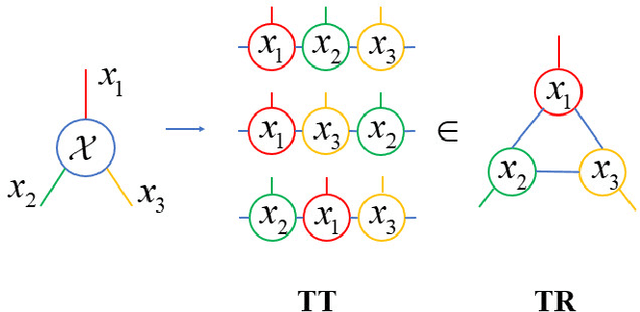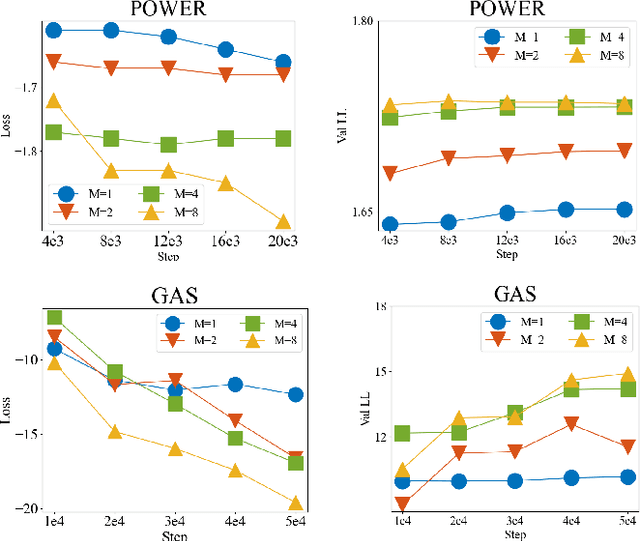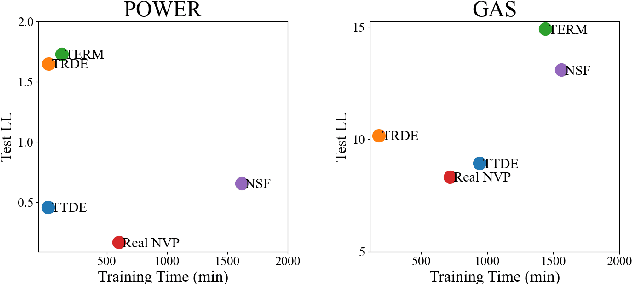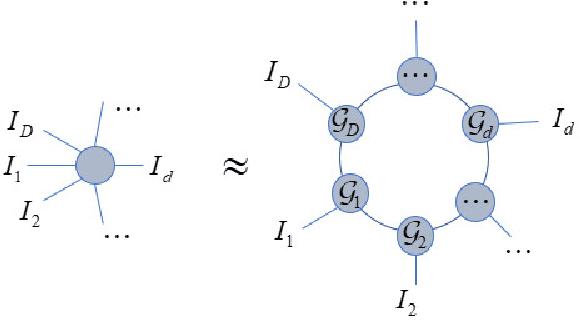Ruituo Wu
DA-Flow: Dual Attention Normalizing Flow for Skeleton-based Video Anomaly Detection
Jun 05, 2024



Abstract:Cooperation between temporal convolutional networks (TCN) and graph convolutional networks (GCN) as a processing module has shown promising results in skeleton-based video anomaly detection (SVAD). However, to maintain a lightweight model with low computational and storage complexity, shallow GCN and TCN blocks are constrained by small receptive fields and a lack of cross-dimension interaction capture. To tackle this limitation, we propose a lightweight module called the Dual Attention Module (DAM) for capturing cross-dimension interaction relationships in spatio-temporal skeletal data. It employs the frame attention mechanism to identify the most significant frames and the skeleton attention mechanism to capture broader relationships across fixed partitions with minimal parameters and flops. Furthermore, the proposed Dual Attention Normalizing Flow (DA-Flow) integrates the DAM as a post-processing unit after GCN within the normalizing flow framework. Simulations show that the proposed model is robust against noise and negative samples. Experimental results show that DA-Flow reaches competitive or better performance than the existing state-of-the-art (SOTA) methods in terms of the micro AUC metric with the fewest number of parameters. Moreover, we found that even without training, simply using random projection without dimensionality reduction on skeleton data enables substantial anomaly detection capabilities.
HOIN: High-Order Implicit Neural Representations
Apr 23, 2024



Abstract:Implicit neural representations (INR) suffer from worsening spectral bias, which results in overly smooth solutions to the inverse problem. To deal with this problem, we propose a universal framework for processing inverse problems called \textbf{High-Order Implicit Neural Representations (HOIN)}. By refining the traditional cascade structure to foster high-order interactions among features, HOIN enhances the model's expressive power and mitigates spectral bias through its neural tangent kernel's (NTK) strong diagonal properties, accelerating and optimizing inverse problem resolution. By analyzing the model's expression space, high-order derivatives, and the NTK matrix, we theoretically validate the feasibility of HOIN. HOIN realizes 1 to 3 dB improvements in most inverse problems, establishing a new state-of-the-art recovery quality and training efficiency, thus providing a new general paradigm for INR and paving the way for it to solve the inverse problem.
TERM Model: Tensor Ring Mixture Model for Density Estimation
Dec 13, 2023



Abstract:Efficient probability density estimation is a core challenge in statistical machine learning. Tensor-based probabilistic graph methods address interpretability and stability concerns encountered in neural network approaches. However, a substantial number of potential tensor permutations can lead to a tensor network with the same structure but varying expressive capabilities. In this paper, we take tensor ring decomposition for density estimator, which significantly reduces the number of permutation candidates while enhancing expressive capability compared with existing used decompositions. Additionally, a mixture model that incorporates multiple permutation candidates with adaptive weights is further designed, resulting in increased expressive flexibility and comprehensiveness. Different from the prevailing directions of tensor network structure/permutation search, our approach provides a new viewpoint inspired by ensemble learning. This approach acknowledges that suboptimal permutations can offer distinctive information besides that of optimal permutations. Experiments show the superiority of the proposed approach in estimating probability density for moderately dimensional datasets and sampling to capture intricate details.
 Add to Chrome
Add to Chrome Add to Firefox
Add to Firefox Add to Edge
Add to Edge